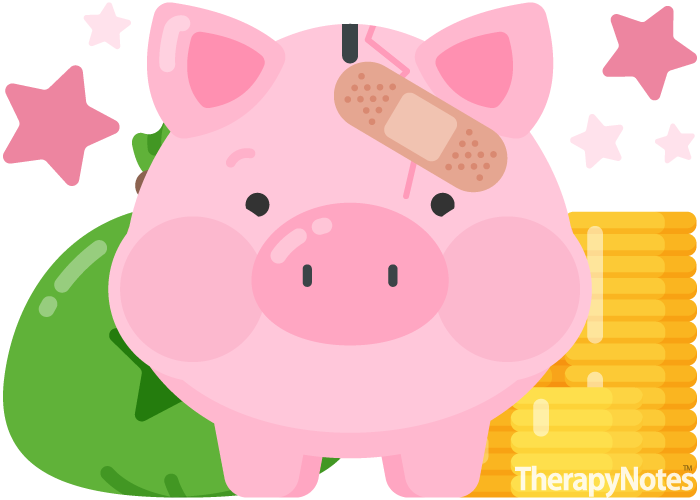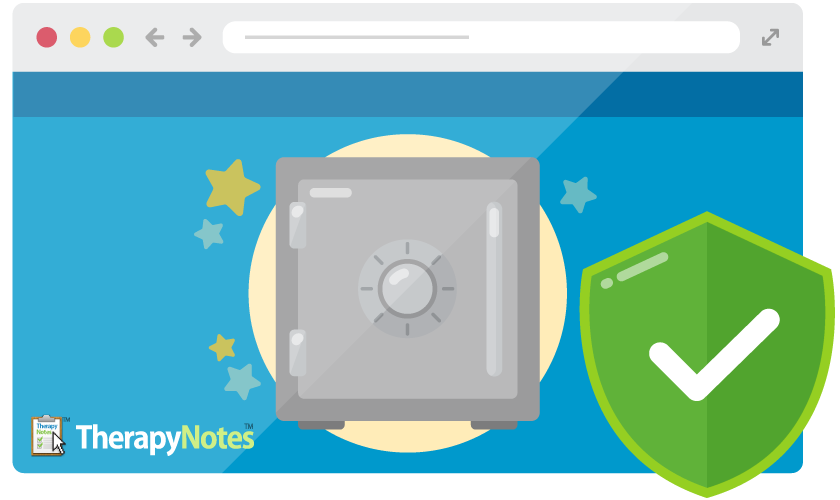3 Easy Steps for Clinicians to Survive Taxes This Year
By Jennie Schottmiller, LMFT, CPA on March 11, 2020

For self-employed clinicians, tax time can be overwhelming. Finding the time to file our taxes may be a challenge with our busy schedules, or we may be uncomfortable with the process and long to avoid it altogether. To get through tax time smoothly, follow these 3 steps.
1. Find a Tax Professional
The two main types of tax professionals are a Certified Public Accountant (CPA) and an IRS Enrolled Agent (EA). Both are equally qualified to prepare personal and business tax returns. A CPA is typically licensed by your state and may or may not specialize in tax. An EA is credentialed by the IRS. However, many tax preparers have neither designation but have tax training and work under a CPA or EA.
It is important to check your tax preparer's credentials, but how they treat you is equally important. You are their client, and paying taxes is an key part of running your business. You deserve to be treated with respect, be supported, and have tax matters explained in plain language, not solely in professional jargon.
2. Gather Your Business Tax Information
Most tax preparers will provide you with a checklist or a tax organizer to help you gather and organize the information your tax preparer needs. Tax organizers can be long and tedious, so here are the key items you will usually need to gather:
- Profit and Loss Statement. This is the most important item fro the business portion of your taxes. The Profit and Loss Statement shows all your income and expenses for the year. If you have kept up your accounting throughout the year, this step will as simple as printing your spreadsheet or the Profit and Loss report from your accounting software. If you have a shoebox full of receipts and no system for tracking income and expenses, you can create a spreadsheet to show income and expenses for the year. Going forward, update your income and expenses monthly.
- Employer Identification Number (EIN) if you have one.
- Names and percent ownership of any other partners or owners.
- Articles of Incorporation, LLC operating agreement, or partnership agreement, if applicable.
- Copies of all 1099-MISC, 1099-K, or K-1 forms you received.
- Amount of business income earned in other states, if applicable.
- Date and amount for any asset purchases such as large furniture items and a depreciation schedule from prior years if you have one.
- Amount of health insurance premiums paid for yourself/family.
- Gifts to business associates or vendors, which may be limited.
- Date and amount of any estimated tax payments.
- If you started your business during the year, your tax preparer will need the start date of your business and detail of expenses incurred prior to the start date.
- If you did not work with this preparer last year, provide the last two years of tax returns.
Two deductions, car expenses and home office deduction, tend to require more documentation. For car expenses, ensure you have a mileage log, beginning and ending odometer reading for the year, and interest expense if you have a car loan. You will also need maintenance and repair receipts if you intend to take actual expenses instead of the standard mileage rate.
To take the home office deduction, you will need the square footage of the office space you use regularly and exclusively for business as well as an explanation of how you use your home office space so the tax preparer can determine if you qualify. To deduct actual expenses, you will also need total square footage of your home and statements or receipts for household bills.
Your tax preparer may request the following additional information. Consider gathering this information or knowing where you might find it if your tax preparer asks:
- Bank statements.
- Expense receipts.
- Balance sheet if you have one from your accounting system.
- Cash balance at the beginning and end of the year.
- Total debts your business owed at the beginning and end of the year.
- Amounts you paid to yourself during the year.
- Amounts you contributed to your business during the year.
3. Don’t Miss the Qualified Business Income Deduction (QBID)
Starting in 2018, there is a deduction for Qualified Business Income. The QBID is for pass-through entities and provides up to a 20% deduction on business income. This deduction will appear on line 9 of your 1040 return. There is some confusion around the limit for Specialized Service Trades and Business (SSTB), which varies by filing status and income level. Clinical private practices are considered SSTBs; however, if your total taxable income is in the low- to mid-six figures, you likely still qualify for this deduction. This is not a questionable or risky deduction. Be sure your tax preparer has familiarized themselves with how it works.
Keep in mind that from late January through mid-April, tax preparers work excessive hours and are trying to be efficient to get returns completed timely. The better prepared you are, the more efficient the process will be.
If preparing still seems overwhelming, start early and take it one step at a time. Focus on how great it will be to be done!
* The content of this post is intended to serve as general advice and information. It is not to be taken as legal advice and may not account for all rules and regulations in every jurisdiction. For legal advice, please contact an attorney.
About Jennie Schottmiller, LMFT, CPA
Get more content like this, delivered right to your inbox. Subscribe to our newsletter.
More Content You'll Enjoy

Building a Leadership Team

From Clinician to Visionary: Redefining Your Role in a Growing Practice
